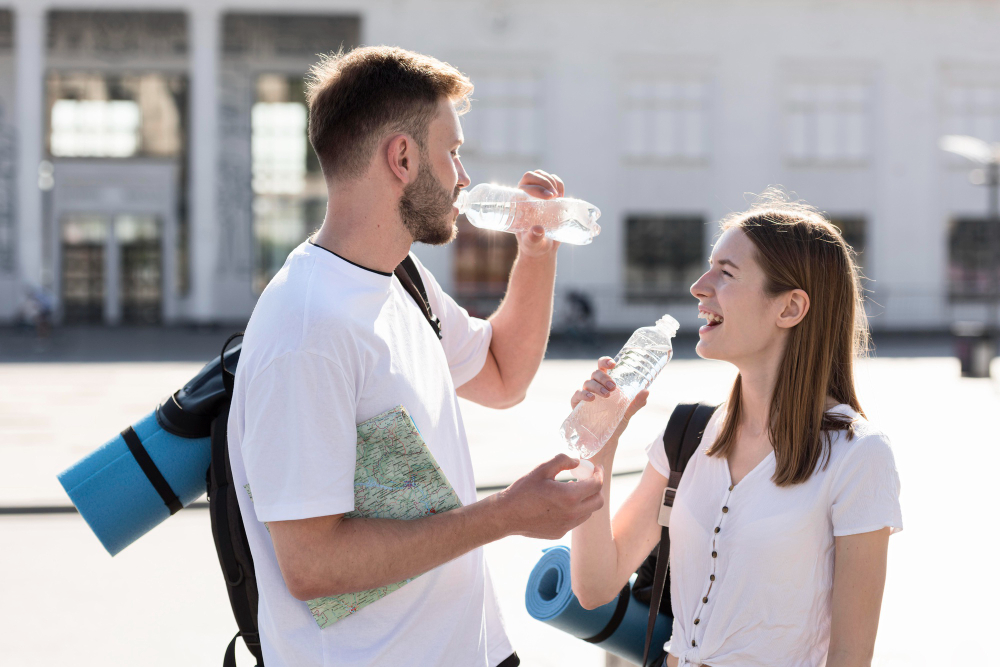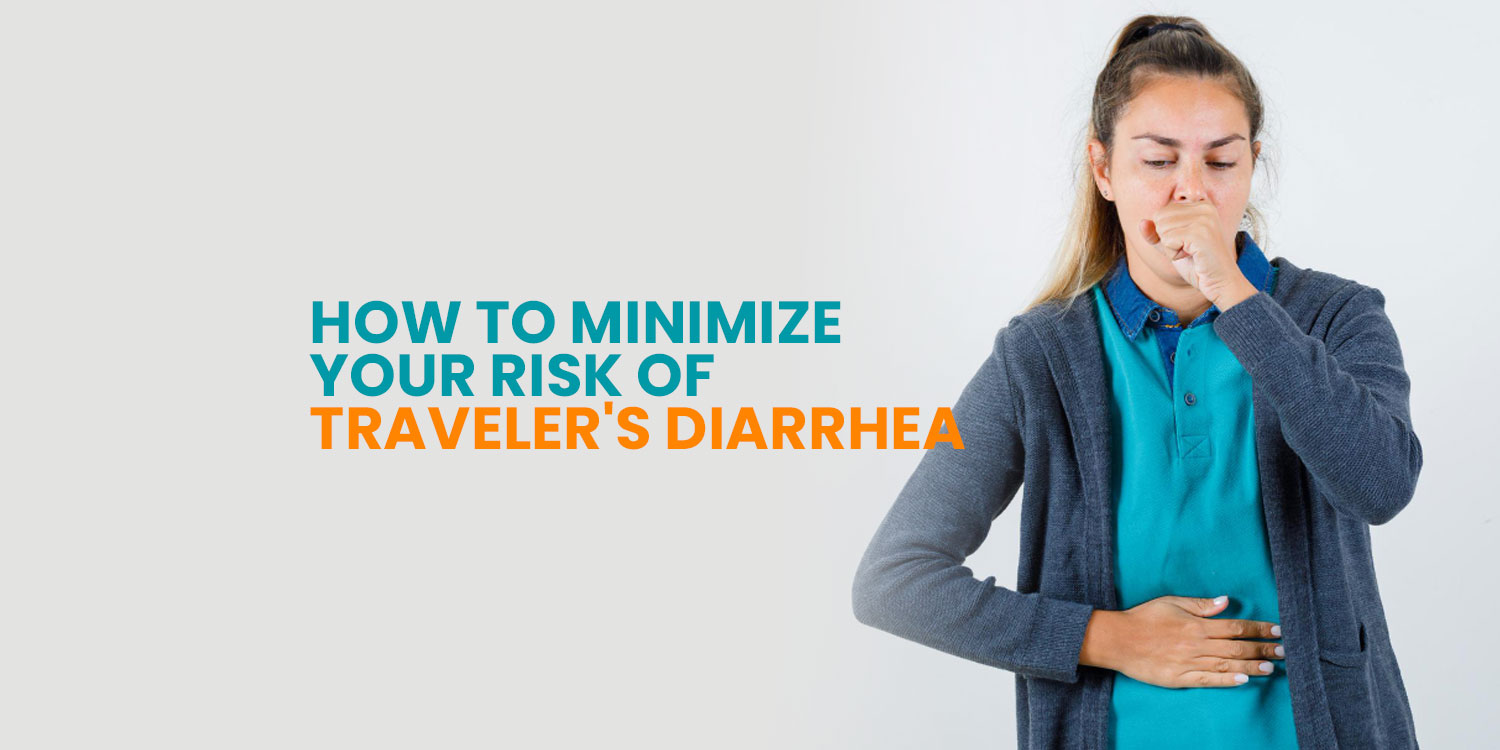Traveler’s Diarrhea: How to Keep Your Adventure On Track
Few things can derail an exciting trip faster than traveler’s diarrhea. One moment, you’re savoring new experiences, and the next, you’re stuck in your hotel room regretting that street food you just had to try. But don’t worry—by following a few simple precautions, you can significantly reduce your risk and keep your travels enjoyable.
Boil It, Peel It, or Forget It
When it comes to food and drink safety while traveling, this golden rule should be your guiding principle:
✔️ Boil it – Ensure all your food is thoroughly cooked and piping hot before consumption. Soups, meats, and even coffee or tea should be served steaming.
✔️ Peel it – Stick to fruits and vegetables that you can peel yourself, like bananas or oranges. Avoid pre-cut or raw produce that may have been washed in contaminated water.
✔️ Forget it – If a food item doesn’t meet the first two criteria, it’s best to steer clear. This means saying no to raw salads, unpasteurized dairy, and undercooked seafood.

Water Safety: Not All Ice is Nice
Drinking contaminated water is one of the most common ways to contract traveler’s diarrhea. That’s why it’s crucial to stick to bottled, boiled, or properly filtered water. Even a single sip from an unclean source can lead to digestive distress.
A personal lesson I learned the hard way: while visiting Vietnam, I made the mistake of having a drink with ice cubes. What I didn’t realize was that the ice was made from tap water, and within hours, I was battling an upset stomach. Since then, I’ve made it a rule to avoid ice unless I’m sure it’s made from purified water. If you’re unsure, just say “no ice” when ordering drinks.

Additional Tips to Stay Healthy
- Wash Your Hands: Regular handwashing with soap and water (or using hand sanitizer when necessary) can significantly reduce the risk of infection.
- Be Cautious with Street Food: While it can be a highlight of any trip, always choose vendors with high turnover and freshly cooked meals.
- Use Probiotics: Some research suggests that probiotics may help maintain gut health and reduce the risk of traveler’s diarrhea. Consider taking them before and during your trip.
- Pack an Emergency Kit: Bring along oral rehydration salts, anti-diarrheal medication (like loperamide), and antibiotics prescribed by your doctor if you’re traveling to high-risk areas.

Final Thoughts
Traveler’s diarrhea can turn an exciting trip into an uncomfortable experience, but with the right precautions, you can keep your adventures on track. Stick to safe food and water practices, be mindful of hygiene, and always err on the side of caution. Trust me—your stomach will thank you!
References
- Centers for Disease Control and Prevention (CDC). “Traveler’s Diarrhea.” https://www.cdc.gov
- World Health Organization (WHO). “Food Safety for Travelers.” https://www.who.int
- Mayo Clinic. “Traveler’s Diarrhea: Causes, Symptoms, and Prevention.” https://www.mayoclinic.org




